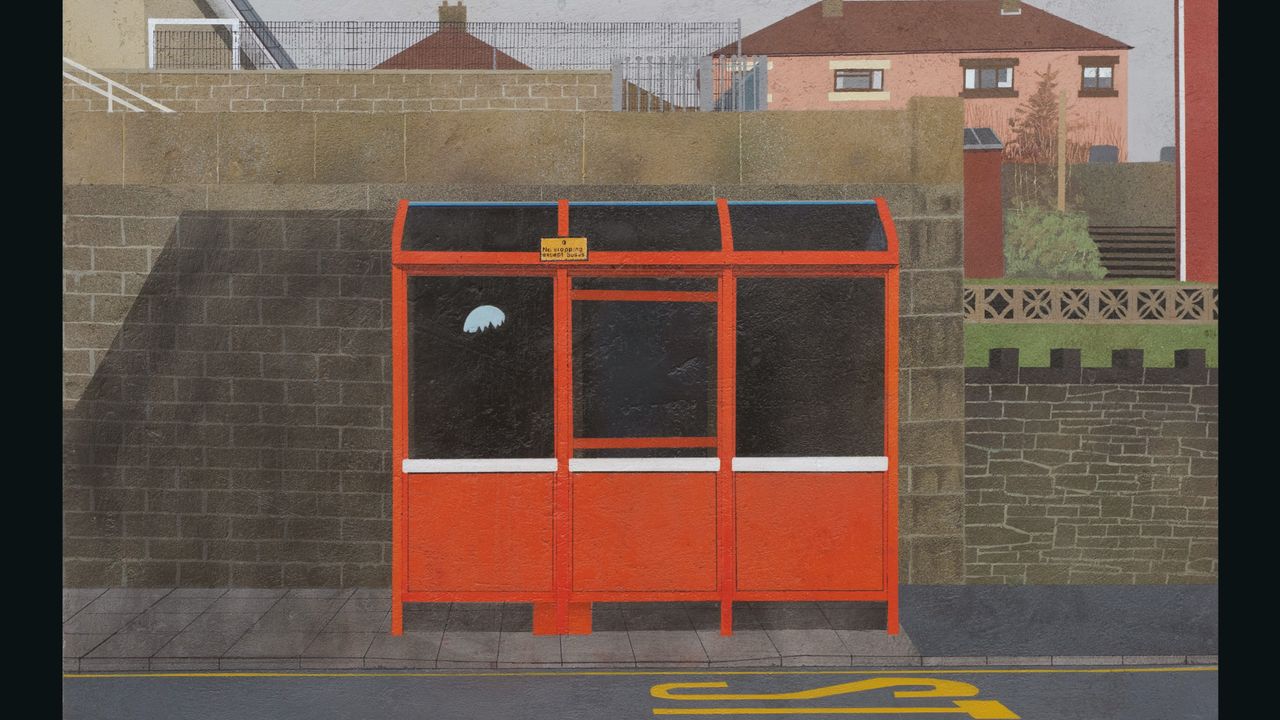When Richard Dawson finished his trilogy of epic, state-of-the-nation concept albums—set in the pre-medieval past (Peasant), present (2020), and future (The Ruby Cord)—he seemingly left himself with nowhere new to go. The series was absurdly ambitious, from his painstaking historical research for Peasant to The Ruby Cord’s 41-minute opener to his grand palette of strings, electronics, and group vocals. End of the Middle scales things back into austere, intimate folk songs that center on Dawson’s guitar and broad, oaky voice, supported by Andrew Cheetham’s bare-bones drums and Faye MacCalman’s clarinet.
Rather than depart from the trilogy, End of the Middle develops its central idea that history echoes itself. Dawson frames the conceit within modern families, examining the ways generations relate unsteadily to each other amid damaging patterns of behavior. The smaller scale liberates his best qualities—his knack for realism, pathos, and humor—in an insightful, compassionate album that cements him among the UK’s great contemporary folk artists. In End of the Middle, neglected kids become imperfect parents, and every adult is also someone’s child.
Dawson has a keen ear for the ways people speak. His lyrics spill conversationally across bars, and his acrobatic voice magnifies emotions and cadences natural to his sentences. “I wish I had gone on to higher education,” he sings as a grandmother in “Gondola,” rising to a crushing note of half-smiling resignation: “But Tom was always the clever one.” He also has an eye for colorful details, like the wedding-ring bearer in “Knot”: “Waddling down the aisle comes a golden retriever, in a waistcoat and dickie bow,” he sings, over a rising finger-plucked guitar melody.
Drawing out stories across generations, Dawson captures the way memories loom large in the present. “Bullies” presents a child isolated by school bullies—“I’m in the library every lunchtime,” Dawson sings in a quavering falsetto—who later in the song, as an adult, discovers their own son is a bully. It’s an emotional gut punch, and when the speaker finally tells their son, “I know you’ve got a good heart,” over the last stumbling guitar notes, it partially registers as an attempt to forgive their old tormentors. Similarly, the account of moving house to start a family in “Removals Van” features vivid snapshots of the speaker’s childhood home falling apart, coloring the last line—“It won’t be long till the baby arrives”—with the fear that history might repeat itself.
End of the Middle’s simple palette helps Dawson flatten the past and present. While MacCalman’s clarinet adds occasional color, crying in “Bullies” and babbling furiously after the argument in “Knot,” the mix of guitar, drums, and vocals gives these stories familiar, consistent framing. It also dulls more distressing moments, like the daughter haunted by a ghost in “The Question,” just as we get used to living with old pains.
